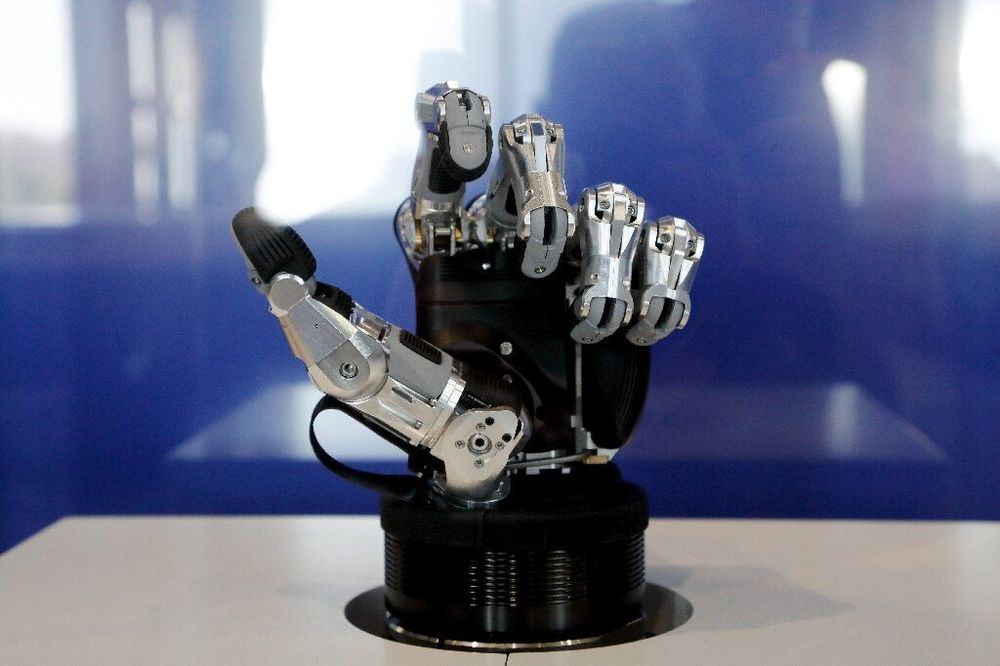The Amazon Rainforest is well known across the world for being the largest and most dense area of woodland in the world. Spanning across nine countries, the Amazon is home to millions of different animal and plant species, as well as harboring some for the world’s last remaining indigenous groups. The Waorani people of Pastaza are an indigenous tribe from the Ecuadorian Amazon and have lived in the Rainforest for many generations. However, there Home came under threat from a large oil company — they didn’t take it lightly.

After a long legal battle with a number of organizations, the Waorani people successfully protected half a million acres of their ancestral territory in the Amazon rainforest from being mined for oil drilling by huge oil corporations. The auctioning off of Waorani lands to the oil companies was suspended indefinitely by a three-judge panel of the Pastaza Provincial Court. The panel simply trashed the consultation process the Ecuadorian government had undertaken with the tribe in 2012, which rendered the attempt at land purchase null and void.







